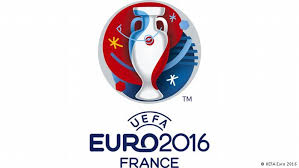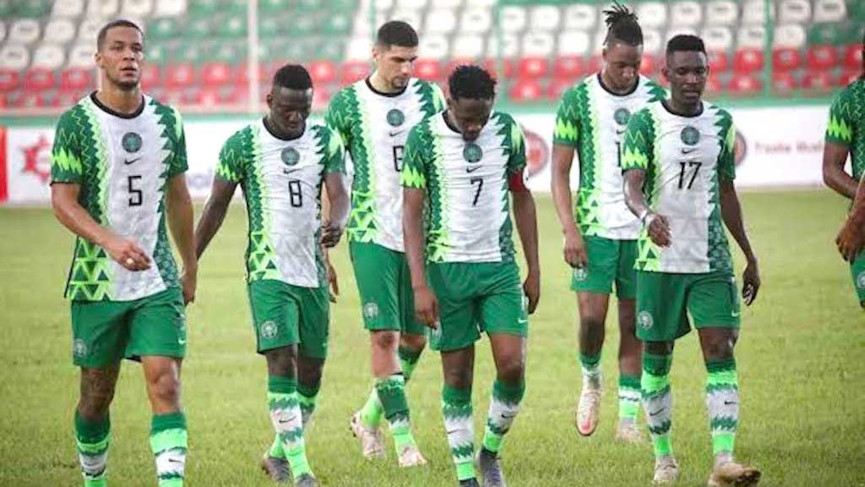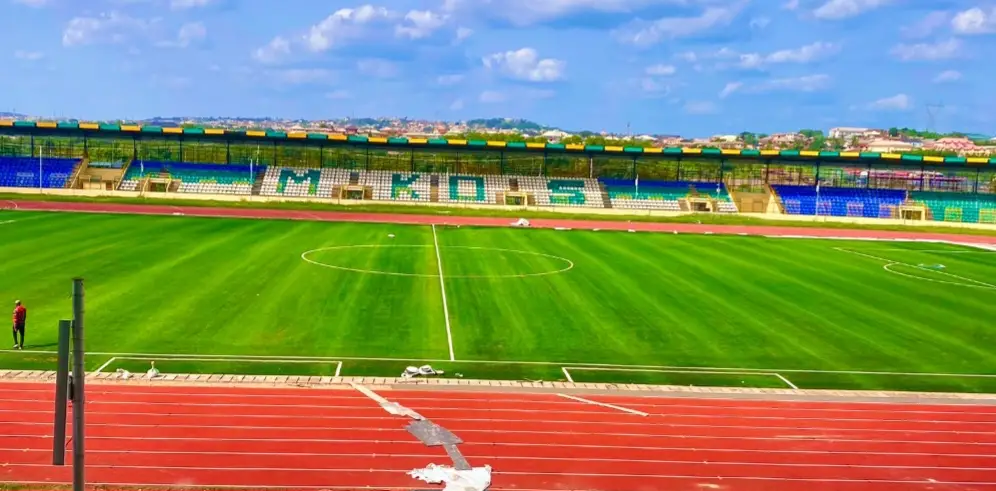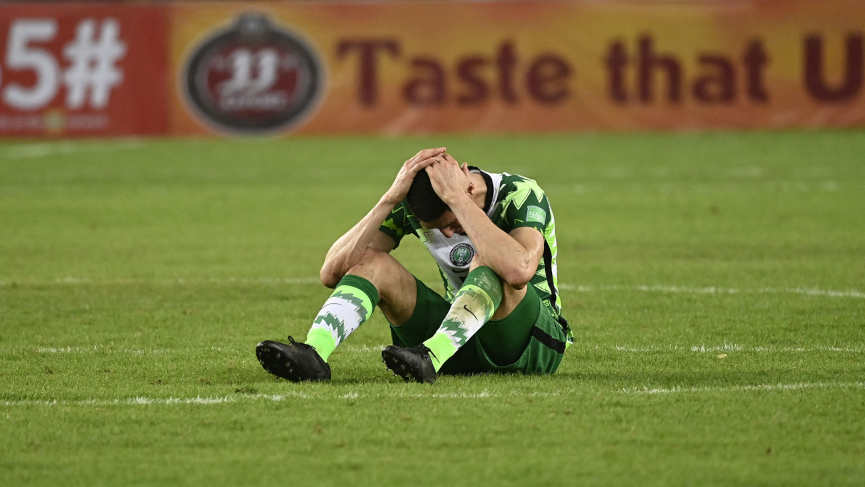I am watching the ongoing European Championship 2016 with a lot of interest.
I am paying particular attention to what makes the championship different from its African counterpart, AFCON. Why is the European Championship such a massive television spectacle?
The difference is clear. The presentation on television, the coverage with an unbelievable number of cameras showing every conceivable angle, the application of the latest technology, the perfect-finish grass pitches, the extremely high technical standard of the matches, the phenomenal skills of the players, the ease of reading and interpreting team strategies and tactics even by the ordinary person, all are little details that add up to make the championship only second to the world Cup in global followership, tourism and business.
It is obvious there is a huge gulf between the European championship and Afcon with Africa still having a long way to go to catch up in terms of all ramifications.
What creates the biggest gulf for me is the simplest of all the contributing factors – the state of the turf! For the umpteenth time, I am watching Euro 2016 and lamenting African football which must wake up to the reality that the difference between it and joining the league of the best in the little are the little details, particularly that of the turf.
There is nothing like a flat, lush, slightly wet green grass in determining the quality of football. The turf on which the matches are played plays the biggest part in the overall quality of play and in the individual players ability to fully express their talent and ability.
As simplistic as this may look, in my estimation, it is the single most important factor needed to make African football to rise above the present plateau it appears to have comfortably settled in right now.
The exposure that many African players get migrating and playing on the lush fields in Europe makes the players to play better and to cumulatively reduce the once yawning gap in the standards between football in Europe and in Africa.
All the importation of foreign coaches to Africa has done nothing to improve the standards of football in the continent. They still bring in players honed on European grounds to improve he quality of Afcon. Unfortunately this improvement has stagnated at a flat plateau. To rise above it would require paying attention to the little details that the present Euro 2016 is once again shoving in our faces. The only thing is that our African football administrators watch and enjoy the games without seeing the essentials details that can make the difference.
It is so simple it is too good to be true.
African countries, including Nigeria, must start to divest from the present proliferation of artificial turfs and start to invest more in the technology, construction and management of lush green grass that is rampantly, easily and readily available in most parts of the continent.
CAF, the Confederation of African Football, must advise and encourage its members to get away from the prevailing artificial, plastic astro-turf grounds that obviously limit rather than improve the quality of play and of players development.
It is such a thin line that I can understand why most football administrators that have limited backgrounds playing the game at the highest levels, would not appreciate its power to impact standard of football on display.
My personal responsibility is not to be tired of drawing attention to it.
It is a few businessmen in FIFA that encouraged poorer countries to install plastic surfaces on their grounds. They are the only ones profiting from Africa’s ignorance!
Flat, lush green grass fields will help coaches during training sessions. They make developing team strategies and tactics during play achievable. They hone the skills of players and allow them to express them.
Presently, the strength of African football lies in the physique, the power, the speed and raw skills of its players. Its weakness up till now lies in instilling organizational play through tactics and disciplined team strategies, elements that training on poor pitches can never allow!
When African football gets its football grounds right, particularly at academy and club levels where the foundation of football is built, the gap between European teams, clubs, players and football in general would be finally bridged! The coverage on television, the packaging and the business will balloon to the heights we now only identify with European football within a very short time indeed.
Meanwhile, I am thoroughly enjoying the ongoing Euro 2016. The level of play and the quality and depth of the players’ individual ability and skills is amazing.
The matches are so closely fought that I can’t even start to hazard a guess who would win it.
I am placing my little bet, however, on Germany even if my head tells me they wont win it! !
The second half of a footballer’s life!
Austin Popo is the current Secretary-General of Association of Professional Footballers of Nigeria, APFON.
He, along with several others including Harrison Jalla, Dahiru Sadi, Tajudeen Disu and others from that era, has been at the heart of the struggle to take care of the welfare of present and past footballers.
Two weeks ago, I watched Austin on a television programme speaking very eloquently about the plight of retired footballers and paying tribute to late Nigerian Super Eagles coach, Stephen Keshi, his team mate at New Nigerian Bank Football Club,
It was from him that I first heard about the hypothesis of ‘the second half of a footballer’s life’!
The way he put it was so simple that it made a lot of sense.
Generally, life can be divided into two halves.
The first half usually lasts about 30 years spent in building a foundation – getting an education or training for a vocation – a career that will now become tools to take them through the much longer second half till the end of their time on earth. That’s the common route, the path taken by lawyers, doctors, engineers, politicians, and so on.
The uncommon path is that of the football player (or most sports persons for that matter).
For footballers the first half is the half of their careers. It spans a period of some 10 to 15 years. It ends when they are between 30 and 35 years.
This is the first half of public adulation, fame, fortune and power. By age 35 it is already evening of their career. The lights fade fast and the footballer has to start all over again to prepare for a new career in another direction and vocation.
The one career easily available is that of coaching, a pressure-cooker job driven by sentiments, marked by depleting resources, increasing family size and responsibility, tension, criticism, instability of work, disrespect by administrators, debt, neglect, and poverty.
Whereas for everyone the second half is usually an upward climb, for footballers it is a steep downward slope of sad tales of hardship and early death.
I am still thinking about it and trying to understand the full import of Austin’s hypothesis.
It is chilling!








The second part of this piece right on point. I can relate to tennis professionals playing for 10, 15, and 20 years. Many start at a very young 14 or 15 years old. At 35, they are done. Very few take up other careers such coaching, announcers, and go into sports business. When my career ended at 29 after the Olympics in 1988, I went into coaching for few years and then went back to school for a teaching certificate to teach young kids social sciences. I continued my education and earned a doctoral degree to teach at the university level. It comes to vision and planning. The road to the “second half of a footballer’s life”will be rocky but with a comprehensive welfare education plan, it will not be a road less traveled by retired sports men and women.